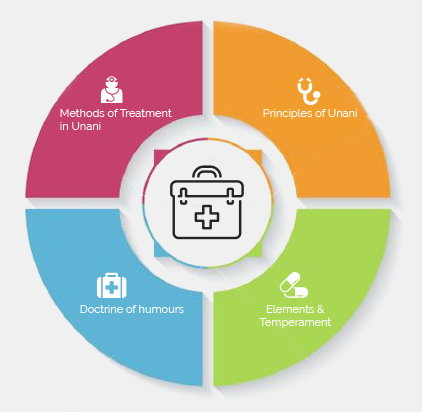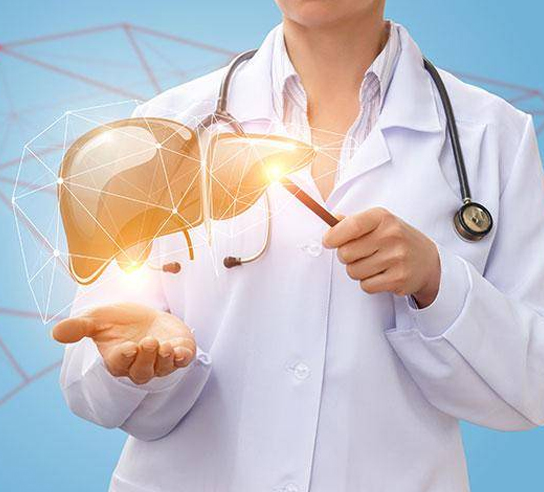Some More Unknown Facts About Unani Medicine
Many scholars, such as Galen (131-210 A.D.) and Avicenna (980-1037 A.D.), have enriched the teachings of Hippocrates.
The history of Unani starts in the early 1025 A.D. when Avicenna created The Canon of Medicine in Persia. In the different countries this system is being known with different name.
The Unani medicine’s biggest upsurge in India was at the time of establishment of Delhi sultanate. When the Delhi. Aluaddin Khilji respected the Unani treatment and owned Unani physicians in his royal courts. People who developed Unani in those ages were called Hakims. During the centuries the Unani system of medicine has healed thousands of people. Thanks to its proven methods it continues to bring happiness not only in India but in the entire world today, too. Although transformed in different natural products, the basics of Unani will always be in use!
Unani Medicines History
‘Unani’ (unani-tibb) is an ancient system of medicine usually practiced in Middle East, as well as the countries from the South Asia.
Its origin comes from Greece and especially Hippocrates around 460-377 BC, great physician who proved it to be a real science instead of a make-belief.
Tibb-e-unani was introduced in India by the Arabs and Persians during eighth century and eventually today,
India is one of the leading countries with largest number of Unani educational, research and health care institutions.
Methods of Treatment in Unani

-
Dietotherapy
(ilaj-bi-ghiza), in this therapy involves a specific diet is recommended, which is the most natural and modest course of treatment.
-
Organotherapy
(ilaj-bi-misla), this mode of treatment includes the treatment of organ by method of tissue extractions from the same organ of the healthy animal.
-
Pharmacotherapy
(ilaj-bi-dawa), is the use of medicines. This treatment is considered as natural less complicated and more effective.
There are 7 physiological principles that maintain the optimum health of body by combining together adds to the natural constitution of body. These principles include:
Elements (arkan)
Temperament (mizaj)
Bodily humours (akhlat)
Organs and systems, (aaza)
Vital spirit, (arwah)
Faculties or powers, (quwa)
Functions (afaal)
Elements and Temperament
There are 4 main elements Earth, Water, Fire, and Air. Predictable outcomes by action and reaction of these four elements not only form the fundamentals of human but also the universe. These elements constantly undergo various changes of generation and degeneration resulting out of acceptance and rejection of medicines.
Temperaments (mizaj), are balanced by all constituents in the cosmos. Tabiyat is represented by the equilibrium of the individual’s elemental combination and temperaments.
The four primary temperaments are hot, cold, moist, and dry, which are further sub categorized under hot and dry, hot and moist, cold and dry, and cold and moist. These are possessed in all entities in different proportion.

Doctrine of humours
The Hellenistic approach of Unani Medicines is based on the classical four humours: Phlegm (Balgham), Blood (Dam), Yellow bile (Ṣafrā’) and Black bile (Saudā’) should stay in equilibrium.
The power of Unani system is hidden in its ability to regulate the right balance of the humours. The human configuration corresponds to these humours are, sanguine, phlegmatic, choleric, and melancholy.
Primary Factors
that are believed to affect the harmony are air, food and drink, bodily exercise repose, mental work and stress, sleep and wakefulness, retention and excretion.
Secondary Factors
are socio-economic, geographic and environmental factors.
Holistic approach of Unani is tremendously potent in curing inflictions such as Gastrointestinal, cardiac, Musculo skeletal, Respiratory conditions, Skin & blood, Nervous system along with other diseases. Unani has proven to be a shaft of optimism for various chronic diseases. People are impressed by the outcomes of Unani not nationally but even globally.
-
1
General Health Care
-
2
Cardio care
-
3
Derma care
-
4
Neuro care
-
5
Respiratory care
-
6
Joint care
-
7
Digestion and kidney care
-
8
Men health and reproduction care
-
9
Women health and reproduction care
-
10
Lifestyle diseases
